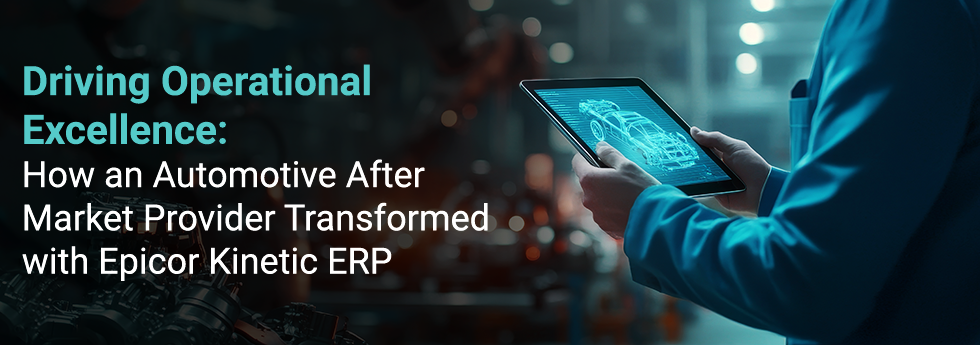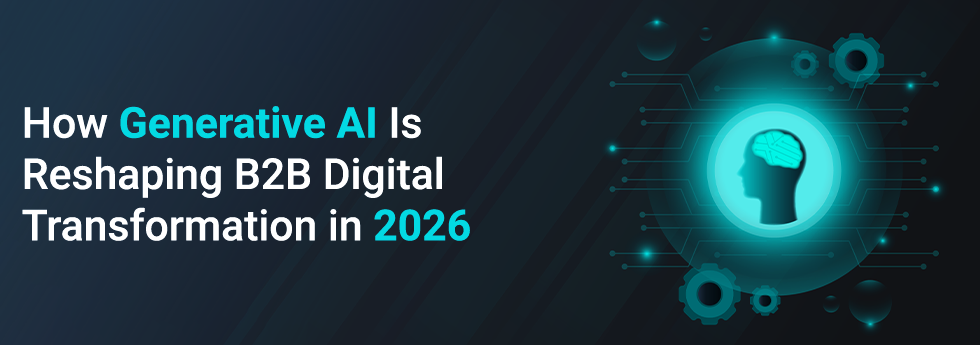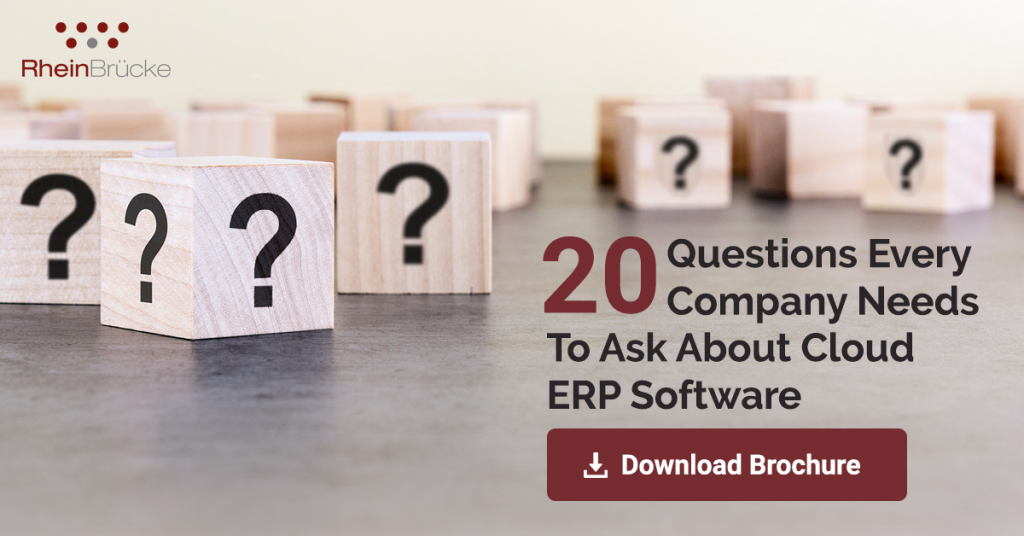In this blog, I will quickly run you through the process of upgrading an existing SharePoint 2010 farm to SharePoint 2016.There are no In-Place upgrade paths for SharePoint 2016. You basically must build a new SharePoint 2016 SharePoint Farm, and then bring your content databases over.
A step-by-step approach:
In previous versions, SharePoint upgrades took a step-by-step approach. For example, SharePoint 2007 users needed to take a pit stop at SharePoint 2010 before moving on to SharePoint 2013. This process will again be the case for those who wish to upgrade from SharePoint 2010 to 2016.
The first thing you need to be aware of if you are planning an upgrade from SharePoint 2010 to SharePoint 2016, is that there is no direct upgrade path. You must upgrade your SharePoint 2010 content databases to SharePoint 2013 before going to SharePoint 2016. However, you do not have to build a complete SharePoint 2013 farm to accomplish this. All you need is a standalone SharePoint 2013 server, that will be used as a stepping stone to upgrade the schemas of your SharePoint 2010 content databases to SharePoint 2013, and then move on to your new SharePoint 2016.
Conceptually, the diagram below shows what high-level infrastructure is required for such an upgrade. The SharePoint 2010 section, shows our existing SharePoint farm. For our example, the farm will be made up of two Web Front-End servers, one Application server, and a single SQL Server. Then if we look at the SharePoint 2013 section, we can see that we have a single server farm, that has both the SQL and the SharePoint 2013 bits installed on it. This server will act as our stepping stone to SharePoint 2016. Its sole purpose is to upgrade our SharePoint 2010 content databases to SharePoint 2013 so that we can then move them over to SharePoint 2016. Then, in the SharePoint 2016 section, we see that we have replicated our SharePoint 2010 infrastructure.

Quick steps to be followed for the upgrade:
Step 1 – Upgrade your SharePoint 2010 content to SharePoint 2013
- Backup your SharePoint 2010 Content Database
- Copy the Backup Files over to the SharePoint 2013 Single Server Farm
- Restore the SharePoint 2010 Content Database on the SharePoint 2013 server
- Create a New SharePoint 2013 Web Application
- Mount the Content Databases to SharePoint 2013
Step 2 – Upgrade the Experience to SharePoint 2013
When upgrading the content database from SharePoint 2010 to SharePoint 2013, site collections will continue to use the SharePoint 2010 experience (i.e.) the user interface will continue to look just like it was in SharePoint 2010, even though the engine under the cover is all SharePoint 2013. However, before upgrading to SharePoint 2016, the user experience must be upgraded to the SharePoint 2013 experience. If you try to upgrade a SharePoint 2013 content database that contains site collections with the SharePoint 2010 experience to SharePoint 2016 the upgrade operation will fail.
Step 3 – Upgrade to SharePoint 2016
The final step is to migrate our SharePoint 2013 upgraded content to SharePoint 2016. To do so, we will simply repeat step 1, but this time we will bring the data from the SharePoint 2013 Single Server farm onto the newly built SharePoint 2016 farm. After the SharePoint 2016 upgrade is completed, you can navigate back to your site collection to ensure it is properly loading.
Why to Upgrade or Migrate to SharePoint 2016?

Top 10 Reasons to upgrade or migrate to SharePoint 2016
- Foundation for the future – Continuous innovation
- Cloud born – Hybrid at the core
- SharePoint in your pocket – Mobile Intranet
- Enhanced security compliance – Prevent data loss
- Scalability – Larger files, larger lists and libraries
- Availability – Plan for 99.99% increased uptime with ZERO downtime patching
- Reliability – Tested by millions
- Modern list experiences – Improved UI/UX
- Richer reporting, auditing, and analytics
- Improved performance – Faster uploads/downloads file ops
Conclusion
In just 15 years SharePoint has grown from a portal/document library system into a fully collaborative and analytical platform that support business intelligence, project management, records management, intranet/internet portals, and so much more. SharePoint 2016 is the 6th generation of SharePoint and the product is better than ever. Surely, you will be pleased with this latest iteration of the most popular and most deployed collaboration platform on the market today.
Consult with our SharePoint experts at RheinBrücke to know how to get the best out of your Microsoft SharePoint 2016 portal.




